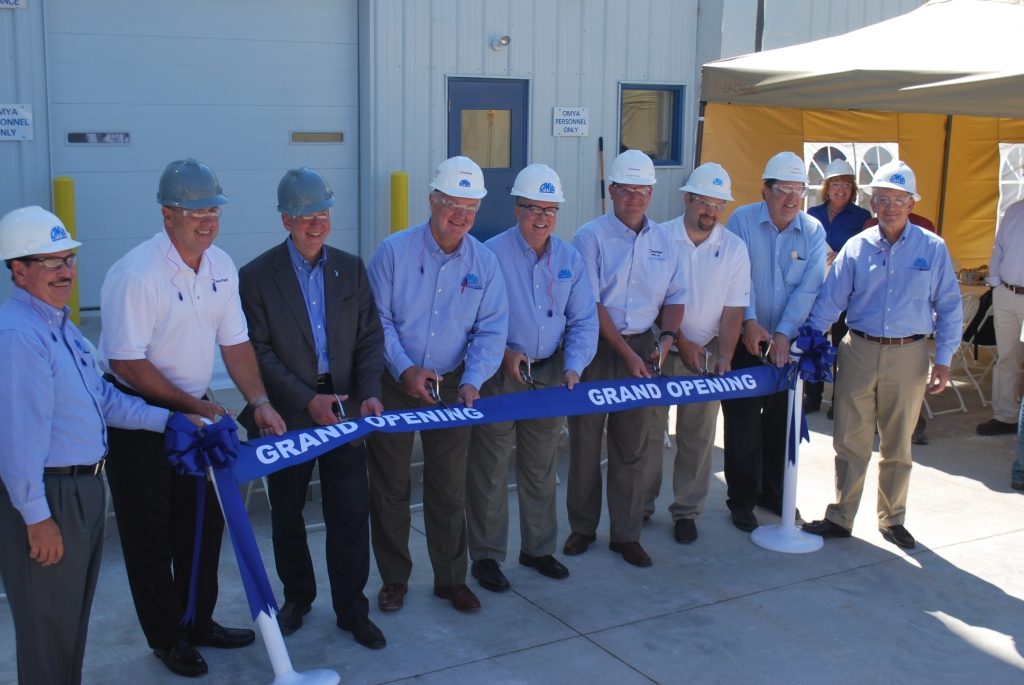
Features
Equipment & Systems
Paper
Michigan paper mill establishes on-site PCC plant
Omya and NewPage kicked off operations at the precipitated calcium carbonate plant located at the NewPage Escanaba, Mich., paper mill site with a ribbon-cutting ceremony on Aug. 14.
August 20, 2014 By Pulp & Paper Canada
 Omya's PCC plant at the NewPage Escanaba site will use CO2 from the mill for the production of PCC.
Omya's PCC plant at the NewPage Escanaba site will use CO2 from the mill for the production of PCC. Omya and NewPage kicked off operations at the precipitated calcium carbonate plant located at the NewPage Escanaba, Mich., paper mill site with a ribbon-cutting ceremony on Aug. 14.
The Escanaba mill previously purchased PCC from another supplier. With the PCC plant on-site, the mill saves on transportation costs. The lime needed for the PCC manufacturing process is purchased from suppliers located in Michigan’s Upper Peninsula.
The environment also benefits from the on-site plant. Before the PCC plant was in operation, the CO2 produced by the mill was emitted into the air and considered waste. The on-site plant uses CO2 generated by the Escanaba mill in the process, reducing the environmental impact.
The Escanaba mill has the capacity to produce about 785,000 tons of paper per year. It produces coated freesheet, coated groundwood, specialty and uncoated papers used for magazines, catalogs, annual reports, textbooks, supplements and product brochures.
PCC is an essential raw material used in the papermaking process. It lends to key properties such as bulk, opacity, brightness and whiteness. PCC is manufactured using lime and carbon dioxide (CO2).
Print this page